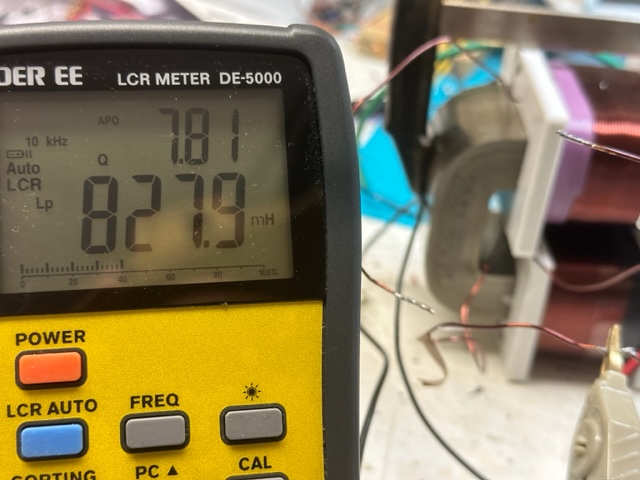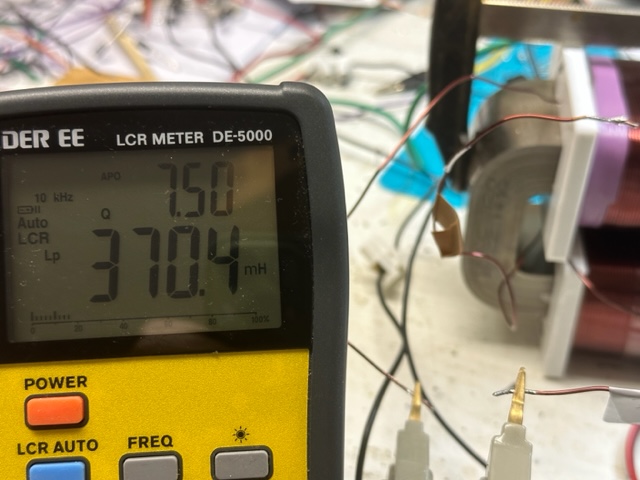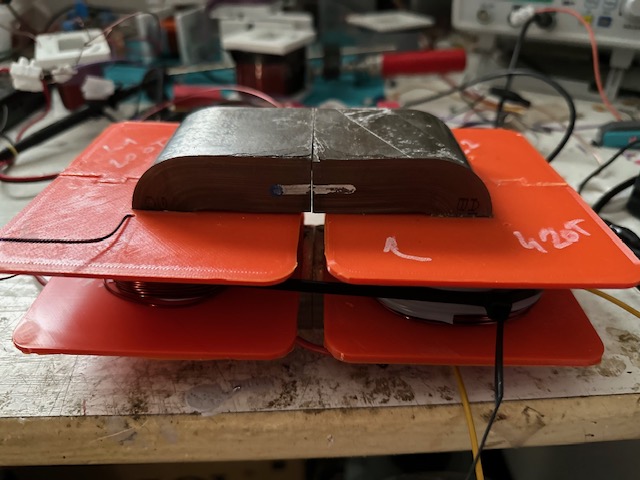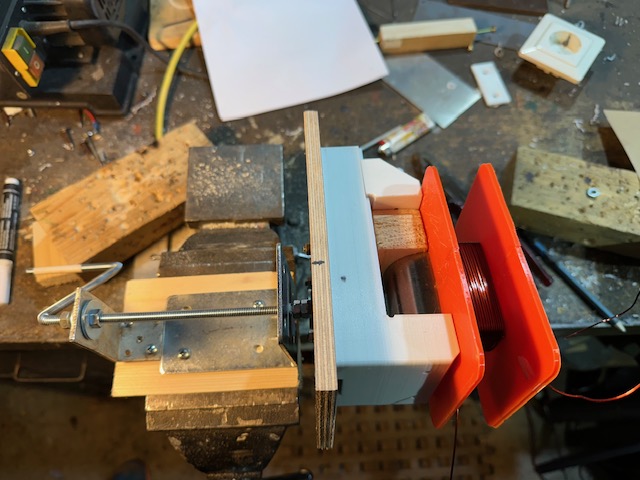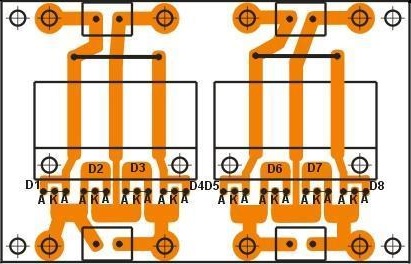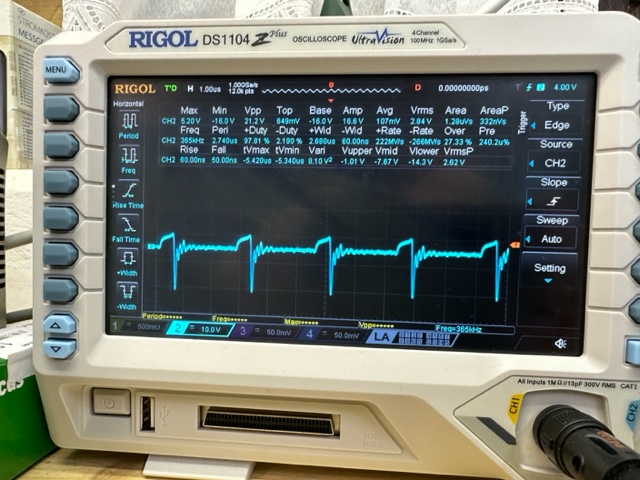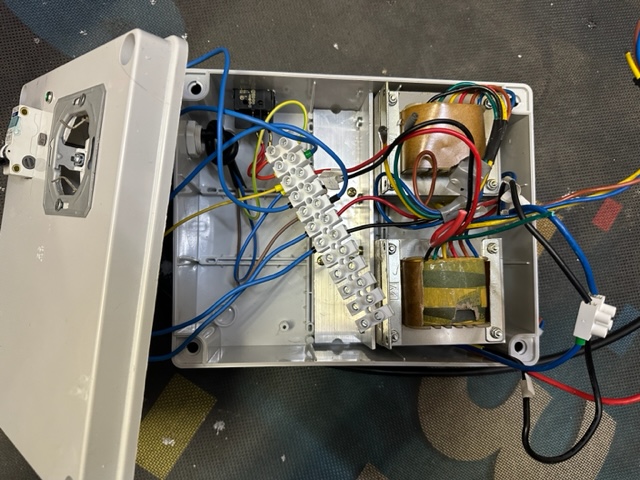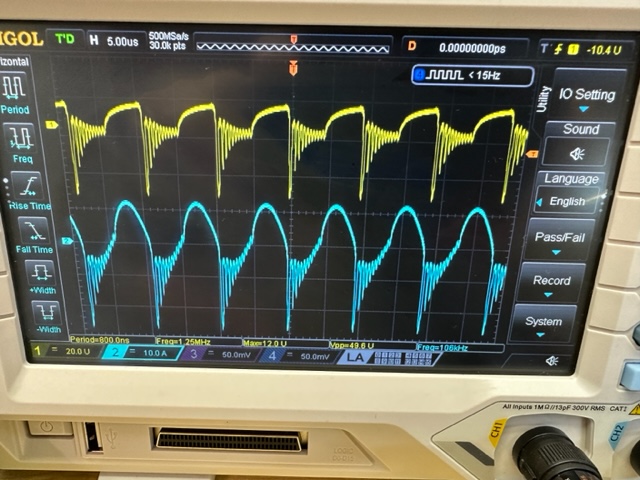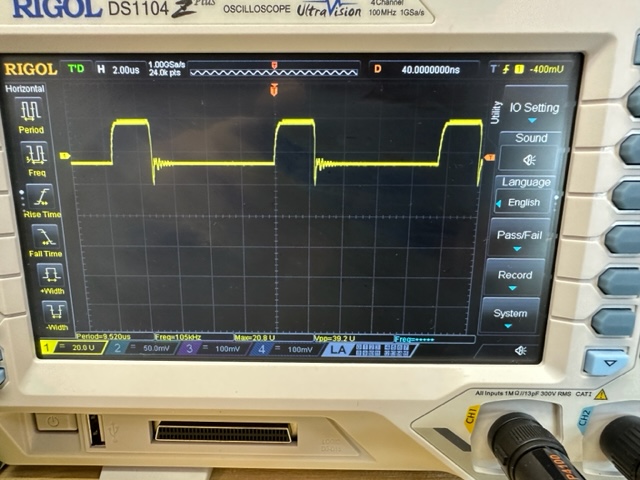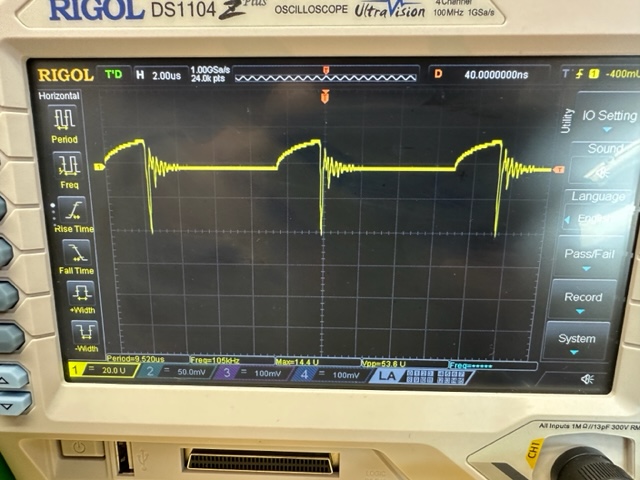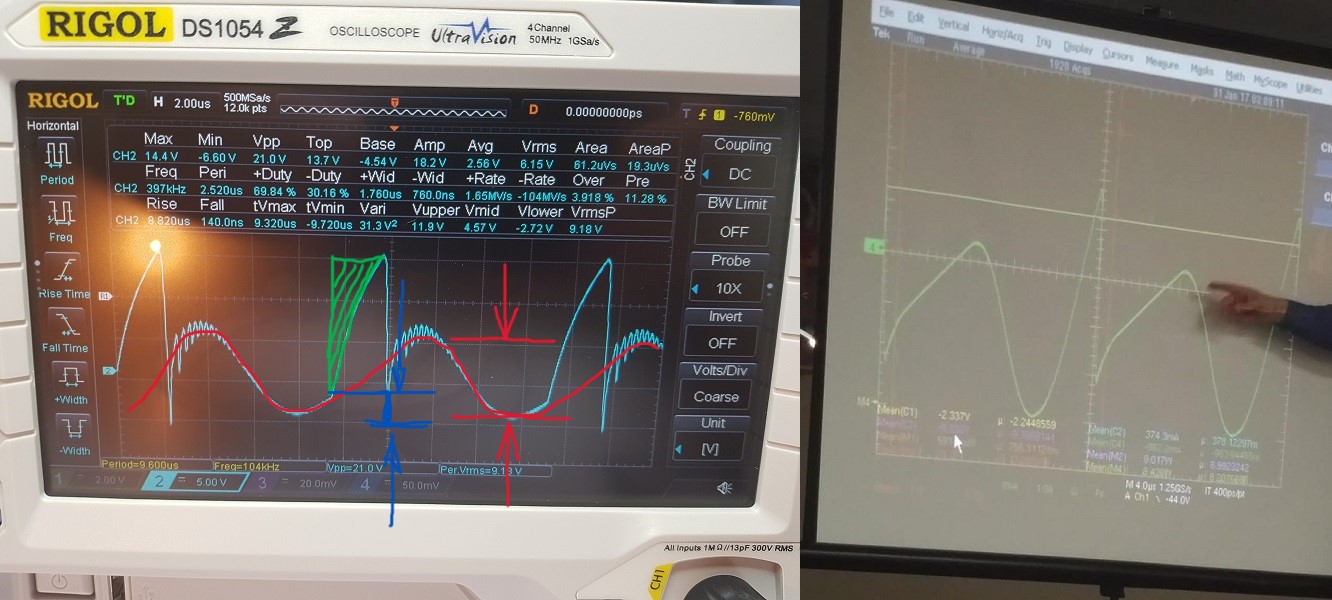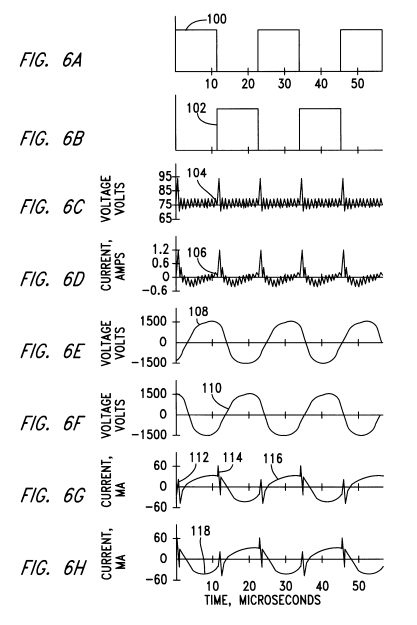Atti
posted this
06 January 2023
@editor.
Hi.
The oscilloscope is grounded, the PS is not grounded, and on the isolated transformer. I even use the inverter or just batteries. No difference...
Watch it again from 0:40.
In my opinion, one possible problem is with the mosfet gate driver.
Check again who are the members who reproduced the ZPM device and what controls they used.
I tried the following mosfet drivers.
(because if the drive of the mosfet gate is not perfect, it can get very hot. It is not certain that perfect operation is the right solution!)
-when the TL 494 output is simply controlled -IRFP260 mosfet.
- when only the output of the TL 494 controls a high-current transistor.
-SG 2535-IR2110-IRF540n
- the TL494 controls a gate driver, this is a BD 139-BD140 -IRFP260 mosfet
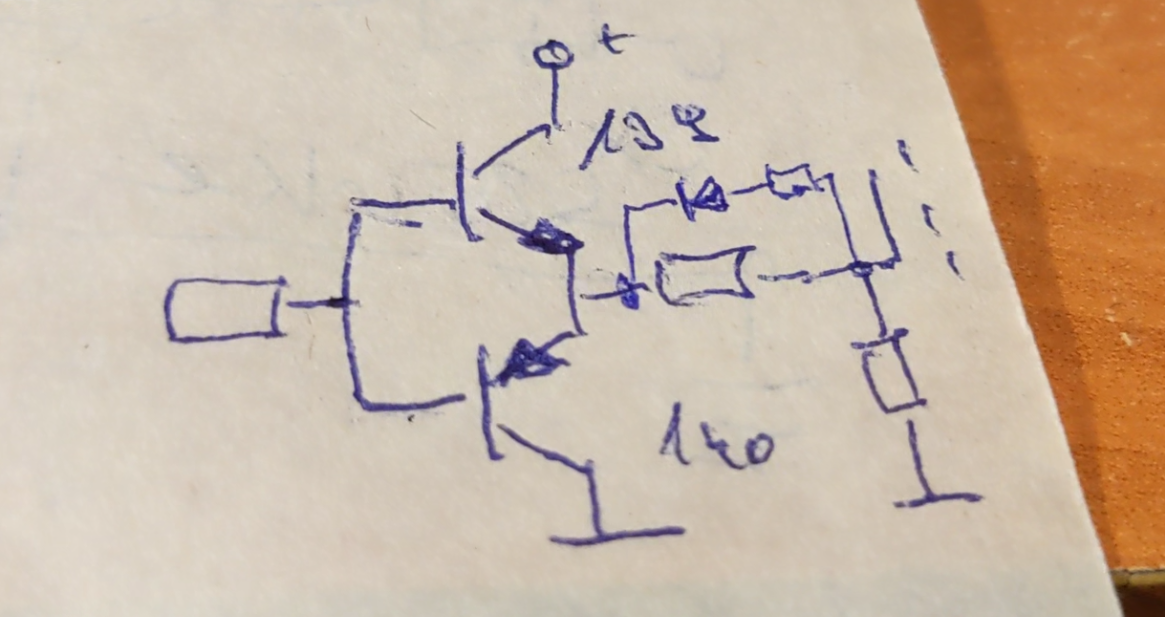
-TL494 drives a dedicated driver TC4429 -IRFP260 mosfet
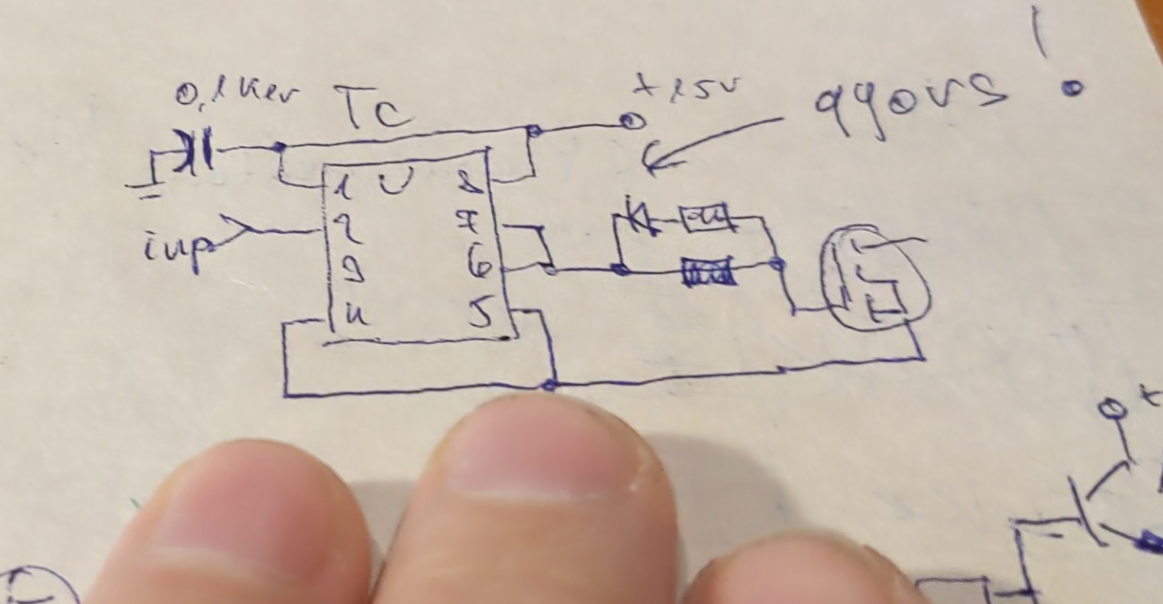
The transistor is slow. Therefore, there is no proper spike.
The speed of the gate drives has a big influence. It does not allow swings. Furthermore, there is no external excitation. You can see it here:
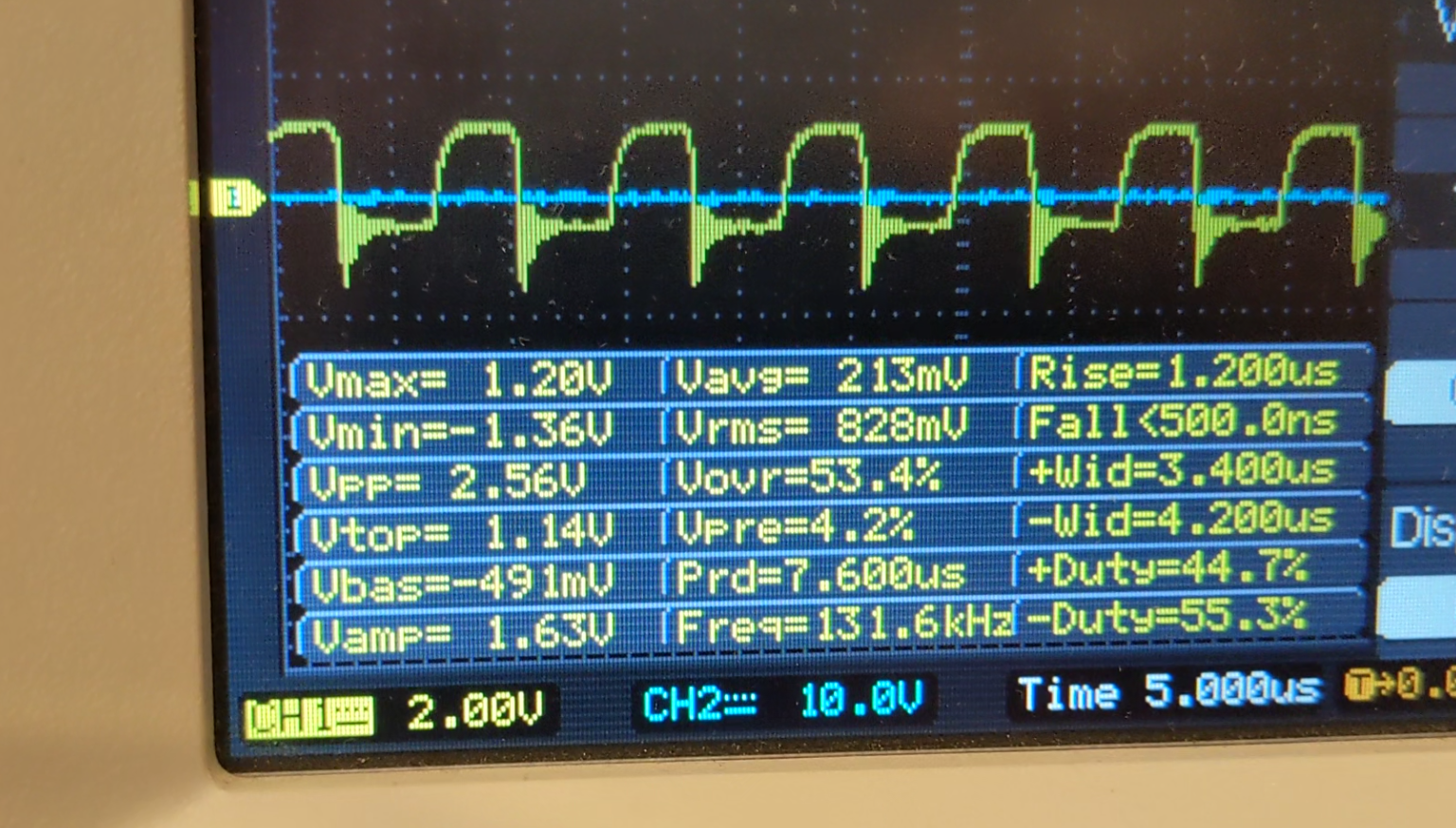
The mosfet does not heat up at all!
So I conclude that driving the mosfet gate requires a swing time. If this is present and combined with the parasitic capacitance, resonance can occur. The presence of the negative spike (positive current) also heats the mosfet.
-Furthermore, it is questionable why Fighter's mosfe got so hot. Why does it have to be cooled to such an extent?
This could be a sign of operation.
And one more thing. Don't forget the importance of parasitic capacitances either.
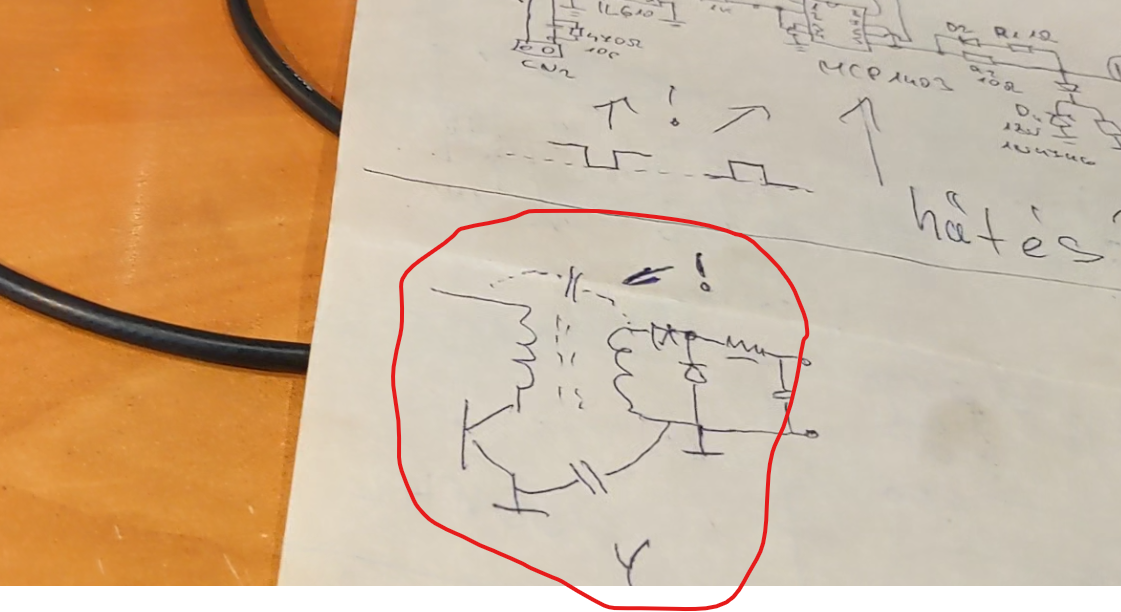
Atti.
